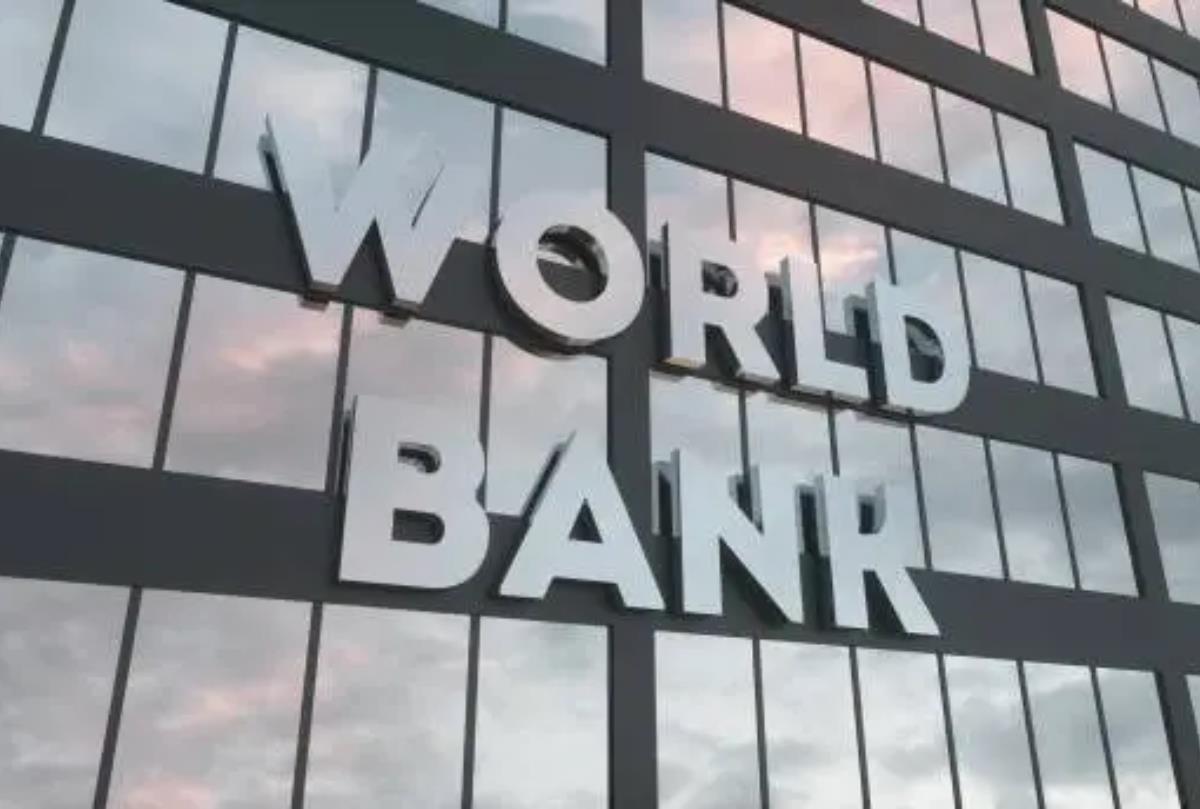
Growth Upturn Casts Shadow Of Risk Across MENAAP Outlook

The World Bank has upgraded its 2025 growth forecast for the Middle East, North Africa, Afghanistan, and Pakistan region to 2.8 percent, up from 2.6 percent, while trimming the outlook for 2026 amid intensifying conflict and faltering oil output.
Expansion in the Gulf and non-oil sectors is driving the upward revision in 2025, securing a more optimistic tone for this year. But persistent geopolitical stress-particularly in Iran, Libya and conflict-affected zones-dampens medium-term prospects.
The Gulf Cooperation Council economies, buoyed by a faster rollback of voluntary oil production cuts and momentum in finance, construction and services, are expected to grow at 3.5 percent in 2025, up from earlier estimates of about 3.2 percent. The United Arab Emirates is projected to lead the pack with a 4.8 percent expansion, before accelerating to 5.0 percent in 2026, while Saudi Arabia, Qatar, Kuwait and Oman also saw upgrades.
Non-oil importers across the region are forecast to register 3.7 percent growth, benefiting from resilient private consumption, return of tourism, agricultural recovery and investment inflows.
In contrast, developing oil exporters face steep headwinds. The World Bank lowered its forecast for them to 0.5 percent growth in 2025, citing disruptions to oil production and tightening sanctions. For Iran, the projection points to a contraction of 1.7 percent in 2025 and a sharper shrinkage of 2.8 percent in 2026, reversing prior expectations of modest expansion. Tehran's downturn is attributed to structural stress in non-oil sectors, reinstituted sanctions and direct conflict spillovers. Libya is also under pressure, with output uncertainty and political fragility undermining recovery.
See also Verto Launches in DIFC, Unlocks Africa's Growing Payment CorridorsConflict zones in Syria, Yemen, Lebanon, the West Bank, Gaza and Afghanistan continue to impose drag on regional growth via broken infrastructure, trade disruptions, population displacement and fiscal strain. These spillovers impede cross-border trade and investor confidence in neighbouring economies.
Emerging from the revised outlook are sharp divergences: GCC and non-oil importers are lifting the regional average, but the distress in oil exporters and fragile states offsets much of that gain. The upgraded 2025 forecast broadens the growth differential across the region.
Risks loom large. An escalation in regional conflicts, further sanctions or oil supply disruptions could roll the forecasts back rapidly. Slower global demand and rising trade frictions may weaken export prospects. High public debt levels and tight fiscal space in many MENAAP countries also limit room for countercyclical policy.
To sustain momentum, the World Bank underscores the urgency of structural reforms: diversifying revenue away from hydrocarbons, deepening private sector participation, advancing labour market inclusion-especially among women-and strengthening institutional and conflict resilience frameworks.
Notice an issue? Arabian Post strives to deliver the most accurate and reliable information to its readers. If you believe you have identified an error or inconsistency in this article, please don't hesitate to contact our editorial team at editor[at]thearabianpost[dot]com . We are committed to promptly addressing any concerns and ensuring the highest level of journalistic integrity. Legal Disclaimer:
MENAFN provides the
information “as is” without warranty of any kind. We do not accept
any responsibility or liability for the accuracy, content, images,
videos, licenses, completeness, legality, or reliability of the information
contained in this article. If you have any complaints or copyright
issues related to this article, kindly contact the provider above.
Most popular stories
Market Research

- Pepeto Highlights $6.8M Presale Amid Ethereum's Price Moves And Opportunities
- Codego Launches Whitelabel Devices Bringing Tokens Into Daily Life
- Zeni.Ai Launches First AI-Powered Rewards Business Debit Card
- LYS Labs Moves Beyond Data And Aims To Become The Operating System For Automated Global Finance
- Whale.Io Launches Battlepass Season 3, Featuring $77,000 In Crypto Casino Rewards
- Ceffu Secures Full VASP Operating License From Dubai's VARA



















Comments
No comment